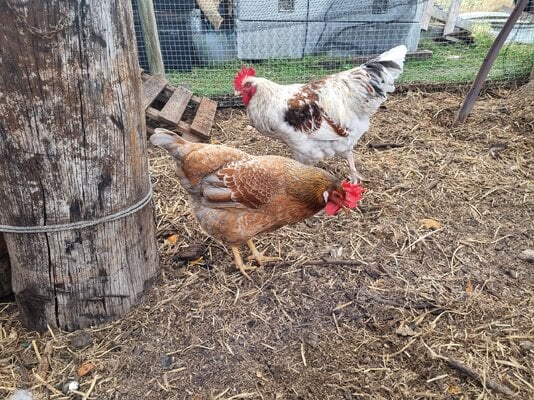Cammo77
Songster
Morning all. I have read a few breed standards and have looked at a heck of a lot of photos and videos of different breeds of chickens since catching the bug and there's plenty of shapes and sizes of bird out there. I noticed a lot of the dual purpose or land race breeds have similar body shape. Are there any rules to good conformation for both hen and rooster in such breeds? If I was to breed crossbred birds what should I aim to breed for conformation wise? I'm coming from a horse/cattle/sheep breeding background so please forgive my thinking if I'm way off on my questions. Cheers.
I'll add a photo of my accidental stud/idiot young crossbred cockeral that I'm stuck with for now

I'll add a photo of my accidental stud/idiot young crossbred cockeral that I'm stuck with for now




